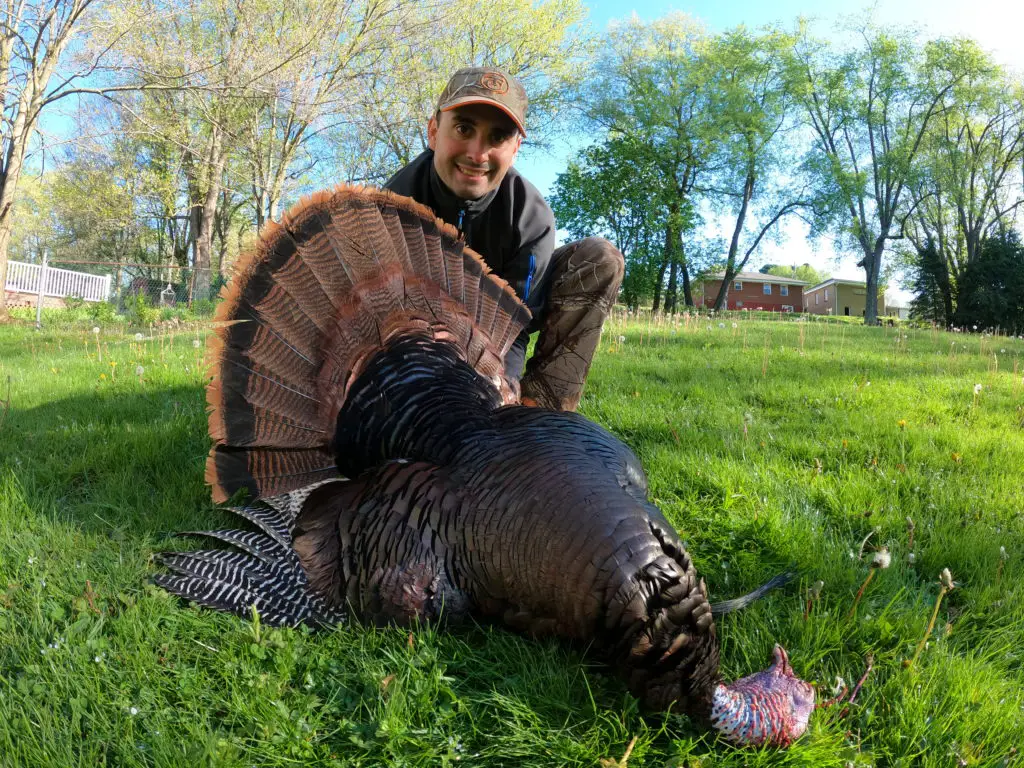It is an age-old turkey hunting question, should you take a shot on the jake that comes by, or hold out for a mature tom? On this episode I examine the ins and outs of this question and heartedly answer it from the perspective of the new hunter.
A jake is a juvenile male turkey that is 1 year old, they have a shorter beard, staggered tail fan feathers, no spurs, and weigh a couple pounds less. Jakes are still large birds and are bigger than the largest hens most of the time. They gobble and can be very excited, although their gobble is not as a full sounding as a mature turkey.
A tom is a mature male turkey that is 2+ years old, they have a longer beard, uniform tail feathers, developed spurs, and are a bit larger. Toms are the kings of the turkey world. They fight for breeding rights; they can defend themselves with their spurs and they strut majestically in full plumage to show off their stuff for prospective mates. So many of the turkeys taken every year are the full grown but less experienced 2-year-old toms. They are eagle to breed and strut their stuff but are not as crafty or cautious as older toms tend to be.
Turkeys do get a little heavier the older they get, but diet matters much more than age. A five-year-old Tom is not necessarily going to be bigger than a three-year-old tom. Access to food and lesser winter severity will do more to add weight to a gobbler than age alone. Well-fed birds can keep getting larger every year to a point, but it has more to do with food than age.
Younger birds are usually more tender and tasty than older birds. Everyone wants to hunt old boss toms, but jakes and two-year old toms tend to make better table fare. The older they get the more slowcooking you need to get the same results.
Jakes tend to be a little less cautious than mature birds but may also not react as strongly to calls. These birds do not want to cross a boss tom and get beat up on. So while they may be more likely to make rash decisions they can also be strangely weary. Their behavior will often depend on the number of other older birds around and their place in the pecking order.
Jakes often travel in pairs and groups, even during the season. They can breed but it is unlikely they will unless there are no toms in the area. If you see one jake, there is a good chance there is another close by. Sometimes they will move with older gobblers, but it is very common to see jakes in pairs. Don’t hesitate to take one of a pair, it should not impact the survivability of the jake left behind.
Listen to the episode to hear the answer to the question of whether you should shoot jakes, and the reasons behind it.

